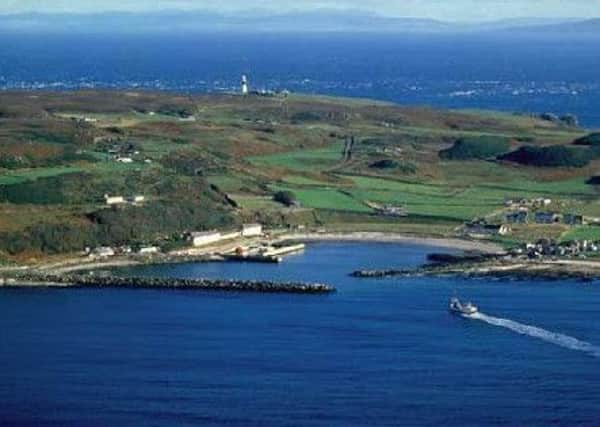HMS Drake and lighthouses are now '˜scheduled'


HMS Drake, a heavy armoured cruiser built between 1899 and 1902, was designed for scouting and commerce warfare. The Drake was sunk by a torpedo strike from a German U-boat in October 1917.
Despite being later damaged by a fishing trawler that now lies wrecked across her and subsequent clearance operations, the vessel remains in Church Bay are considerable, with elements such as anchors, guns and steering gear clearly visible to divers.
Advertisement
Hide AdAdvertisement
Hide AdThree lighthouse complexes on Rathlin, the earliest dating to 1856, have been designated as listed buildings, protecting the key navigational aids of the island, which have been in existence for over 150 years.
The earliest, the East Light was designed by George Halpin, who also designed the lighthouses at St Johns Point and the Haulbowline.
The listings include the lighthouses and associated structures such as rocket house and engine rooms.
The context of the East Lighthouse - the complete set of light-keepers’ houses - demonstrates the social aspect of lightkeepers and their families and how they lived on the island. Until the recent inception of GPS navigation, the three lighthouses were of further social and also economic importance in safeguarding passenger and cargo ships passing between Rathlin and Fair Head en route to and from Britain.
Advertisement
Hide AdAdvertisement
Hide AdThey were, and continue to be, of strategic economic value to maritime shipping.
In relation to HMS Drake, Liam McQuillan, Senior Archaeologist, Department for Communities said: “The designation of HMS Drake affords it recognition as a site of national importance and is key towards preserving an important marine heritage asset for present and future generations.”
It is recognised that the Drake is a popular dive site and this move to protect the wreck will not mean the imposition of an exclusion zone and/or licensed diving which might otherwise hinder responsible public access.
Rory McNeary, Senior Marine Archaeologist, DAERA said: “We fully recognise that the wreck draws divers from all over the UK, Ireland and beyond and makes a valuable contribution to the local marine economy. We would actively encourage divers to visit the site, but to take photos rather than souvenirs, so that what remains of the wreck will be there for future divers to enjoy. By affording the wreck protection we hope it will become a focus for understanding, exploring and appreciating the world of 1914-18 and the often overlooked war at sea as well as broaden public participation with underwater heritage.”